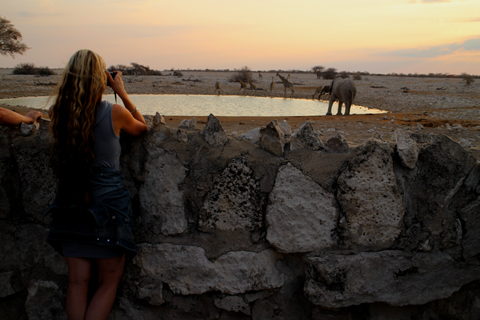
Okaukuejo
Etosha National Park
Okaukuejo is famous for its flood-lit waterhole giving visitors the opportunity to observe some of Etosha's wildlife interacting at close quarters during both night and day
If you are heading to Etosha then you are in for a wildlife experience like no other, with a giant salt pan at its heart this arid, dry, flat, vast park showcases African wildlife unlike anywhere else!
To make sure you get the most from your trip here are some essential and useful information about visiting Etosha National Park - Namibia's wildlife paradise. If you are looking for where to stay click here

Okaukuejo is famous for its flood-lit waterhole giving visitors the opportunity to observe some of Etosha's wildlife interacting at close quarters during both night and day
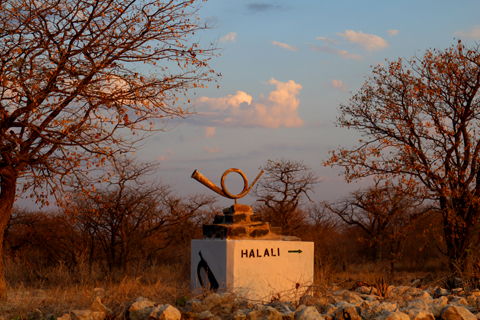
Halali is situated halfway between Okaukuejo and Namutoni. Surrounded by some of the most popular waterholes in the park Halali is set amongst shady mopane trees.
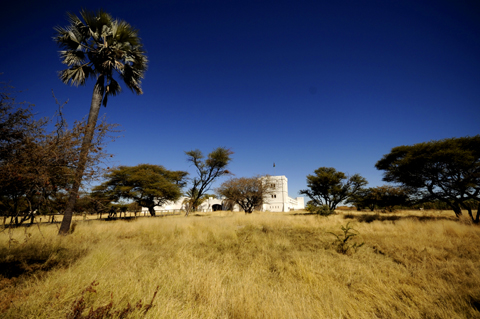
Namutoni is located on the eastern side of Etosha National Park and is centred around a beautiful old German Fort overlooking the King Nehale waterhole which is flood-lit at night
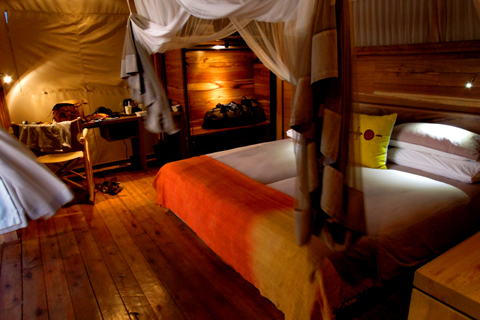
Nestled in the dolomite outcrops of the western Etosha National Park, Dolomite Camp offers an intimate experience in one of the most scenic areas Etosha
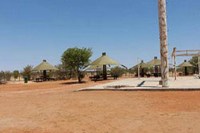
Olifantsrus offers camping accommodation in the less-utilized western section of Etosha. Species such as black rhino are well-established in this quieter part of the park.
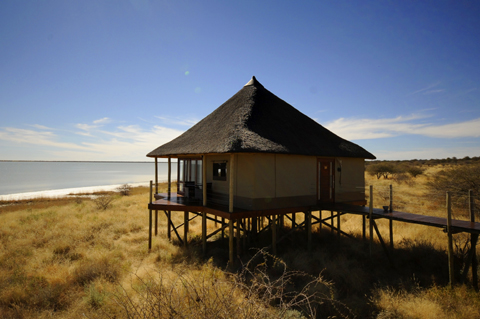
Onkoshi is a low impact environmentally friendly, exclusive lodge on the eastern edge of the Etosha on elevated wooden decks overlooking the pan
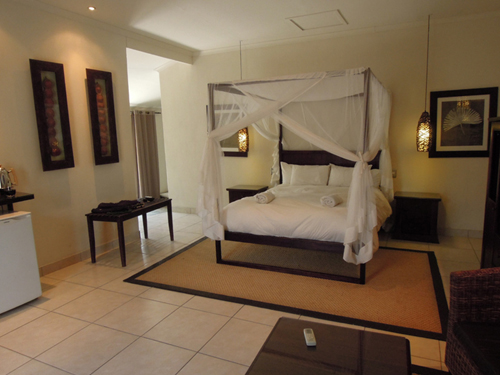
How far to book in advance? Plus what is the difference between staying inside the park or just outside?
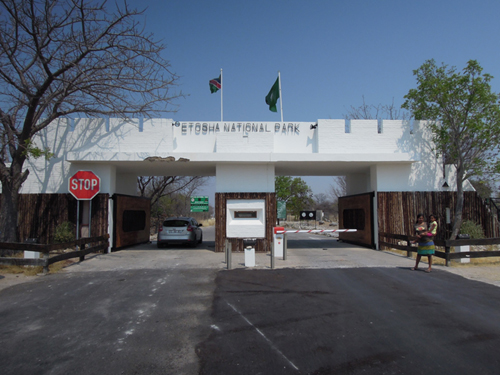
How much? Where do you pay?
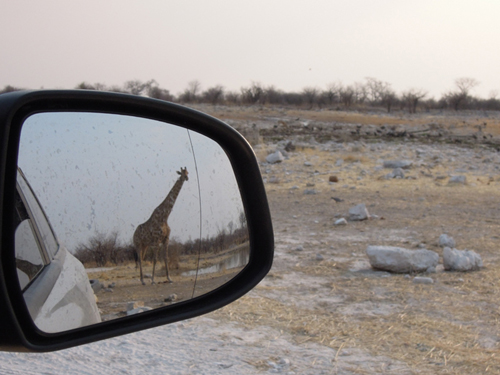
How do the camp gates and entrance gates work? What time they open.
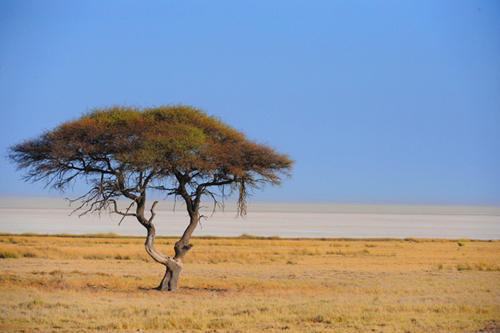
What is the best time of year to visit Etosha?
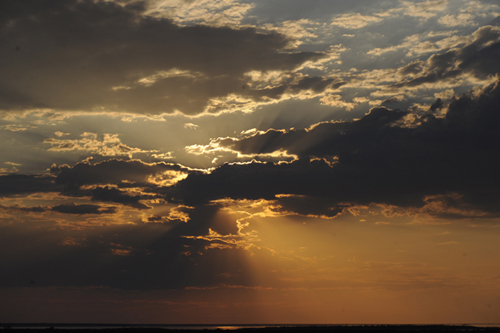
What is the weather going to be like when you visit?
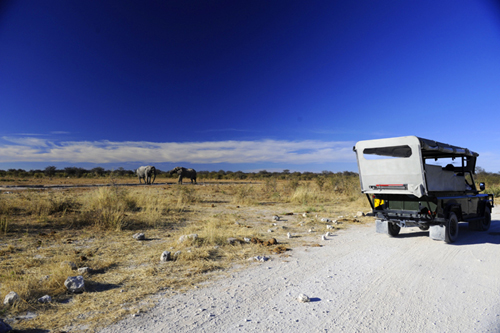
How to go and experience the wildlife of Etosha
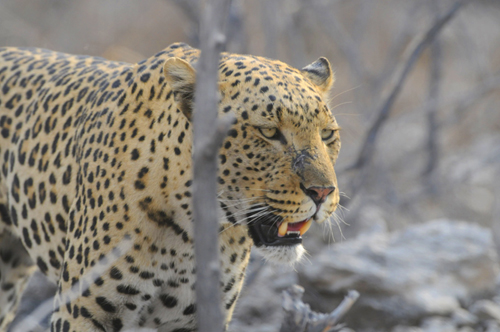
What can you get and where?
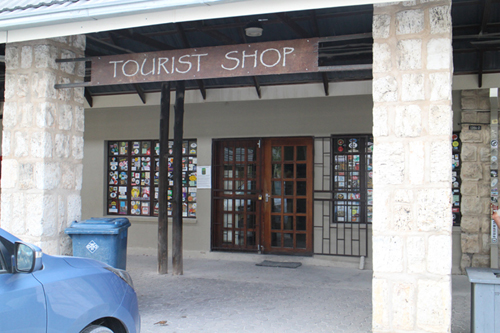
What can you use and where can you get cash?

Some packing guides to help you.
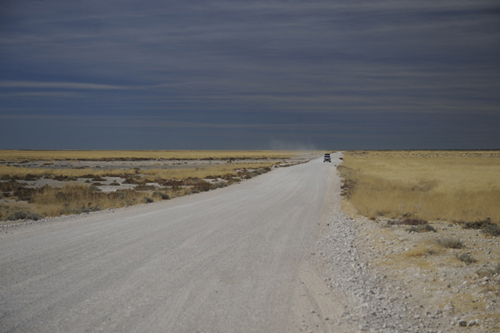
What vehicle do I need?
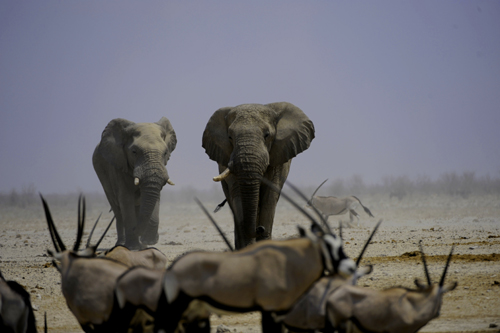
Hints tips and examples for photography in Etosha.
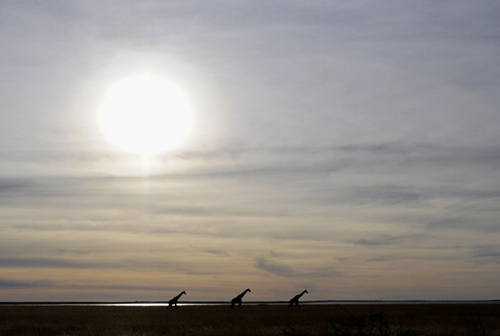
What to do if the camps are full?
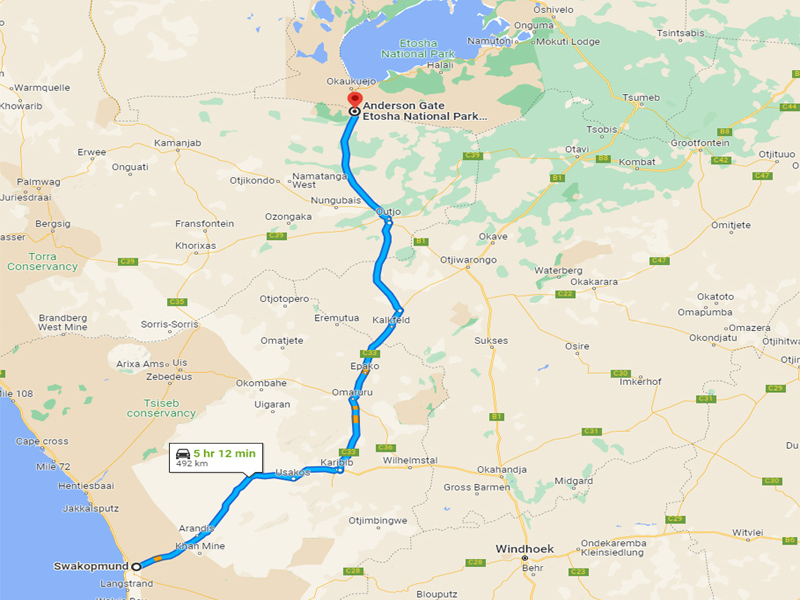
Anderson gate is the closest to Okakuakuejo and is the most southerly gate
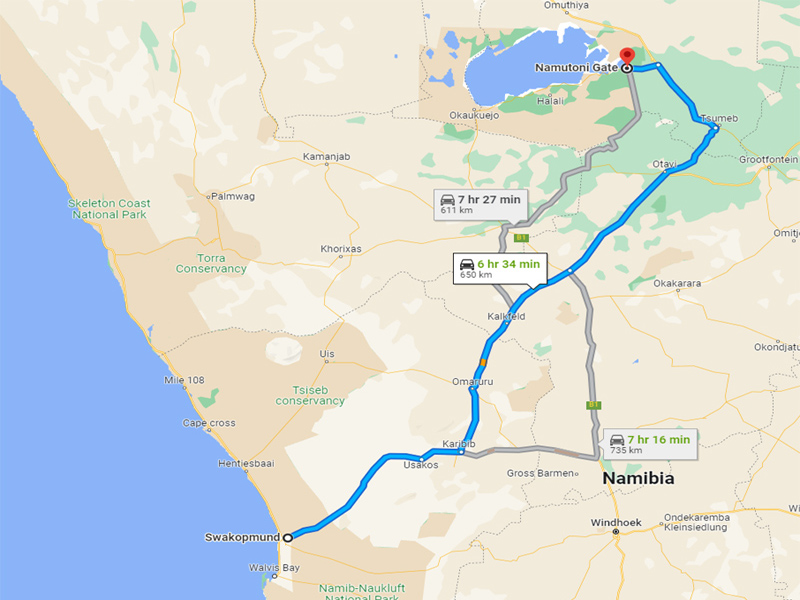
The closest gate to Namutoni on the west side of the park.
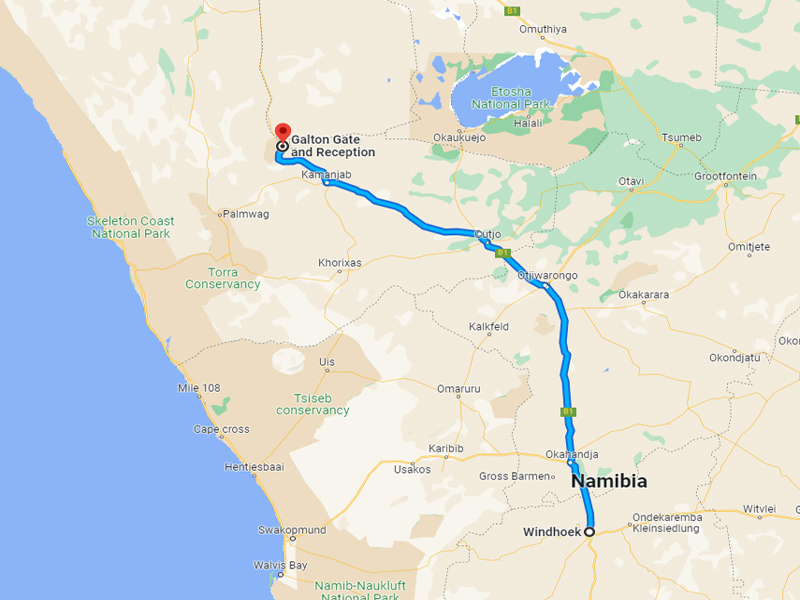
The entry gate for going to Dolomite Resort and Olifantsrus camping in the east of Etosha
Natural springs attract the wildlife of Etosha who gather at these life giving water holes especially in the cooler early morning and in the evening just before dusk as the antelope, giraffe and herds of zebra and wildebeest take a last drink before the blanket of darkness descends making predators such as lion, leopard and cheetah harder to spot.
King of the waterholes in Etosha though must be the Elephant, reluctant to share their drinking and bathing time. One elephant will usually stand guard as the rest of the family drink and bathe. Watching these gentle giants interact is never disappointing in Etosha.
The main rest camps within Etosha National Park all have floodlit waterholes so that you can continue to enjoy your wildlife safari experience after dark. Okaukuejo, Halali and Namutoni are the oldest of the resorts. All three resorts have both camping and rooms or chalets to suit a variety of budgets. The more exclusive Onkoshi and Dolomite eco resorts offer a more luxurious NWR places to stay inside Etosha Park
The western section of Etosha National Park is little traversed, for those who wish to visit this section of the park or to enter/exit via the gate in the north west of the park there are two relatively new rest camps, Olifantsrus Campsite for those who wish to camp, and Dolomite Tented Camp for those who prefer a little more luxury.
Etosha National Park is a popular destination in Namibia known for its wildlife, including a variety of large mammals such as elephants, lions, and rhinoceroses. It is also home to a diverse range of bird species and has a number of watering holes where animals congregate, making it a great spot for wildlife viewing.
The park is located in the northwest of the country and covers an area
of over 22,000 square kilometers, making it one of the largest national
parks in Africa.
In addition to its wildlife, Etosha National Park has a number of other
attractions that make it worth visiting. These include the salt pans,
which are vast, dry lake beds that are home to a variety of unique flora
and fauna, and the Namutoni Fortress, a 19th-century German colonial fort.
Overall, Etosha National Park is a must-see destination for anyone interested
in wildlife and nature. It is an ideal spot for a safari or a self-drive
tour, and offers a chance to experience the beauty and diversity of the
African wilderness.